Photos: Meet Wade, the Long-Necked Dinosaur from Down Under
Long-Necked Dinosaur Bones
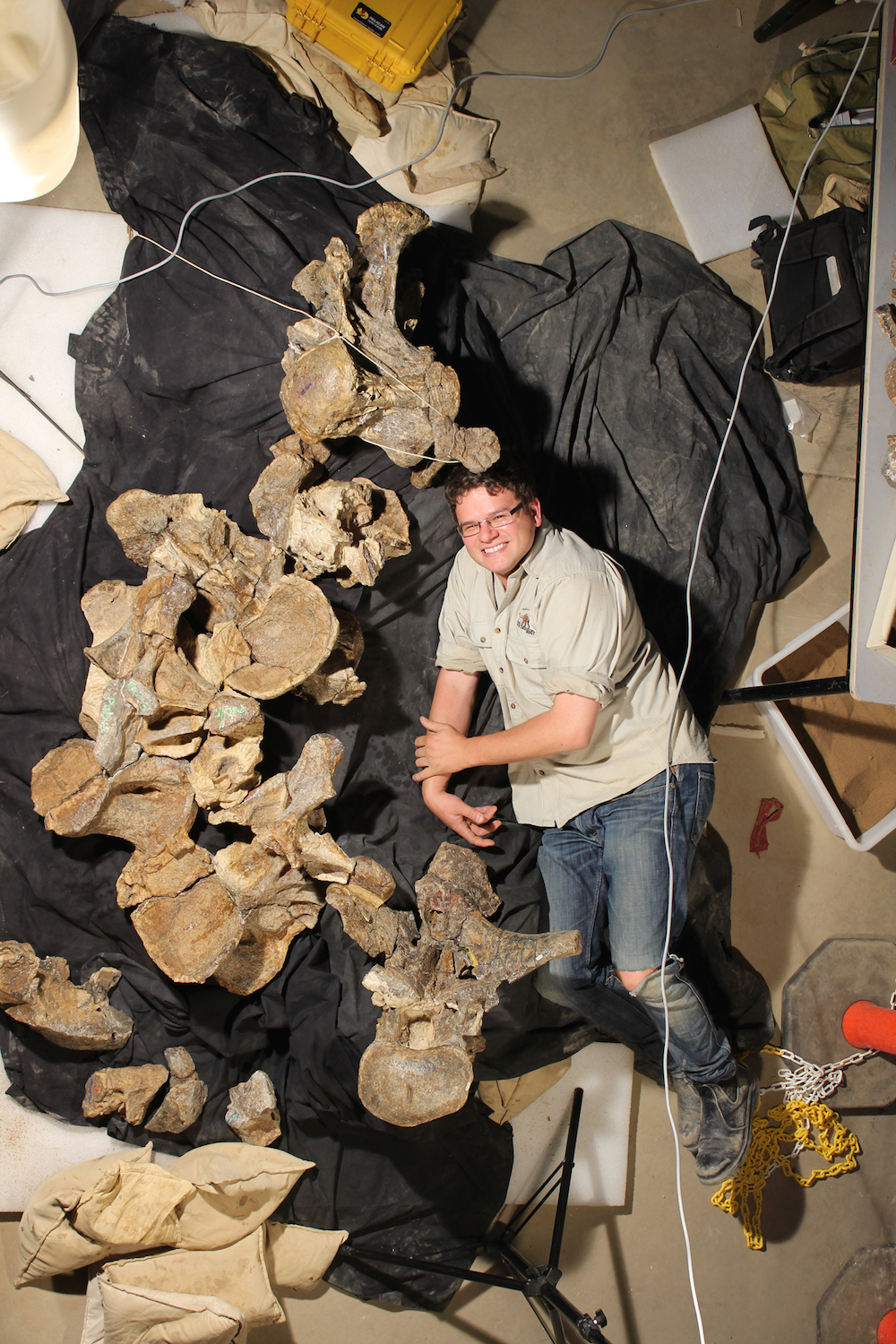
The discovery of a newly identified species of long-necked sauropod dinosaur, combined with the discovery of the braincase of an already known species of sauropod, is helping paleontologists determine when sauropods made it to Australia. It's likely that the dinosaurs hailed from South America and trekked across Antarctica, which was connected to both South America and Australia during the Cretaceous period. Antarctica is known for being cold, but it was slightly warmer during that time — between 120 million and 105 million years ago, when the sauropods' ancestors likely made the journey. [Read the Full Story on the New Down Under Sauropod Findings]
Living color
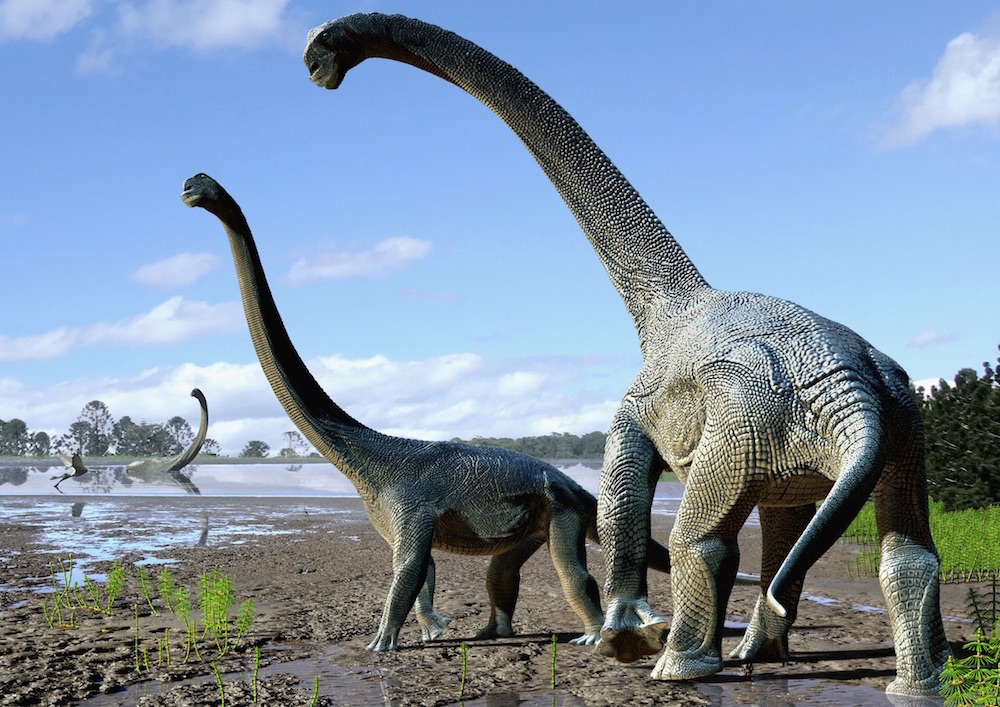
An artist's interpretation of the newfound sauropod species Savannasaurus elliottorum, nicknamed Wade. Wade's neck was likely longer than its tail, the researchers said.
Bone count
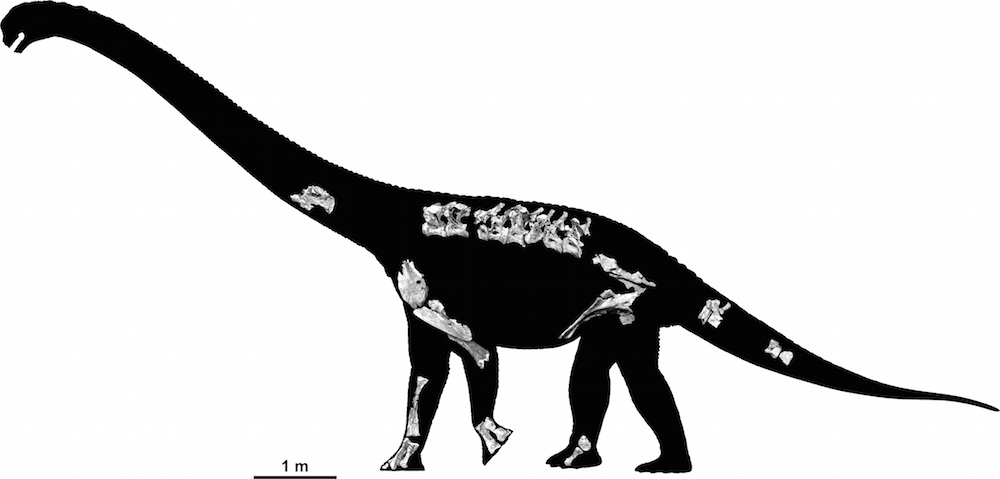
Savannasaurus elliottorum is one of the most complete sauropod dinosaur skeletons that researchers have ever found in Australia.
Life-size

Paleontologist Stephen Poropat, a palaeontologist and research associate at the Australian Age of Dinosaurs museum in Queensland, Australia, lies down next to five vertebrae from Savannasaurus elliottorum laid out as they were discovered.
More bones

Researchers found the braincase and several other bones belonging to the dinosaur Diamantinasaurus matildae in Australia. [Read the Full Story on the New Down Under Sauropod Findings]
The braincase
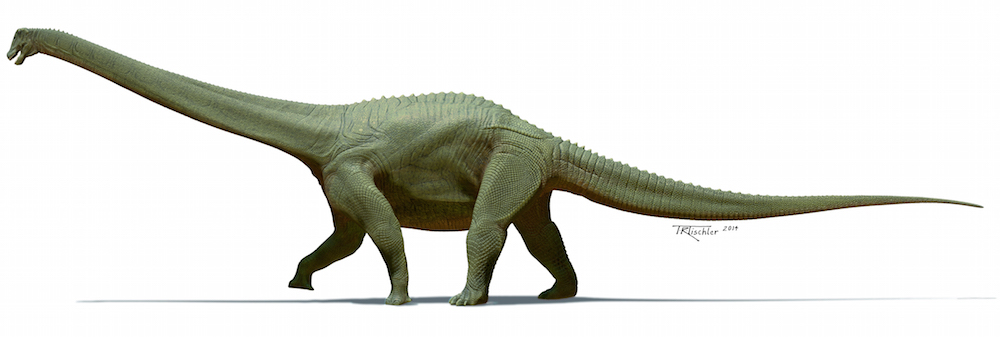
An artist's depiction of Diamantinasaurus matildae, the first sauropod dinosaur to have a partial braincase discovered in Australia.
Wide savanna
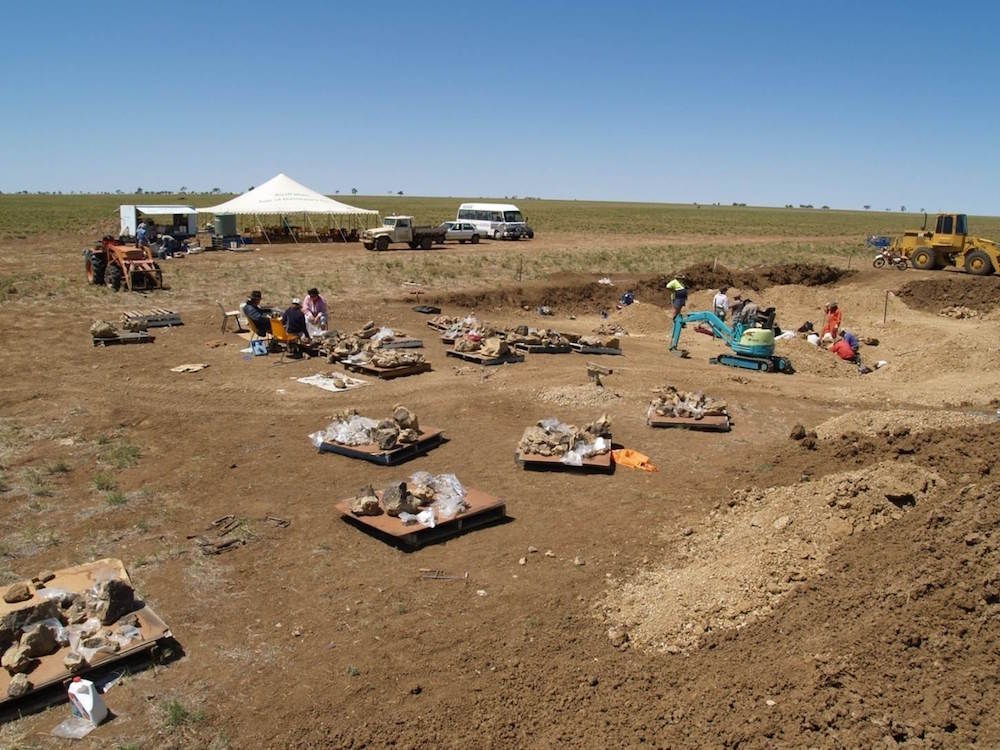
A photo from 2005 showing the site where Savannasaurus elliottorum, the dinosaur nicknamed Wade, was discovered in Queensland, Australia.
Sign up for the Live Science daily newsletter now
Get the world’s most fascinating discoveries delivered straight to your inbox.
Staff photo
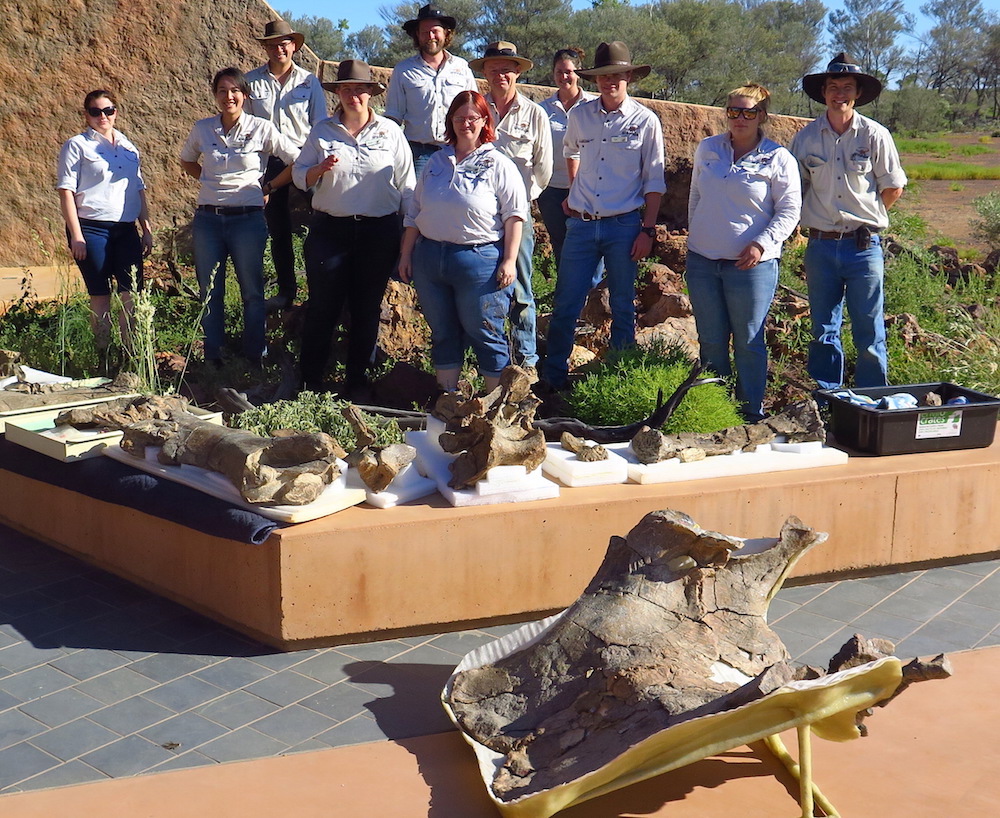
The staff from the Australian Age of Dinosaurs museum pauses for a group photo at the so-called Ho-Hum site while transferring the Wade skeleton to its new home at the research facility.
Big transfer
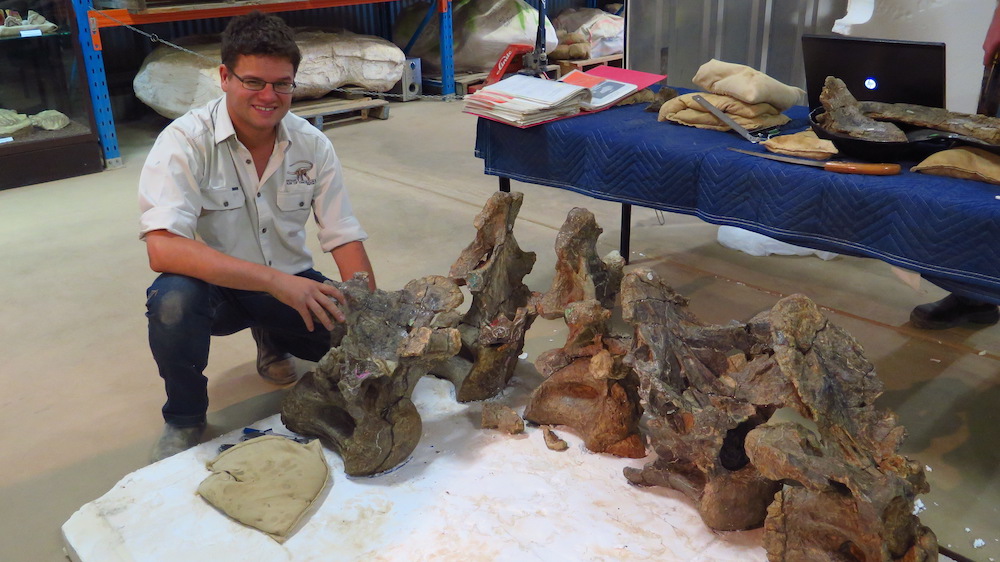
Paleontologist Stephen Poropat prepares to transfer Wade's fossil remains to the research facility.
Dinosaurs buddies
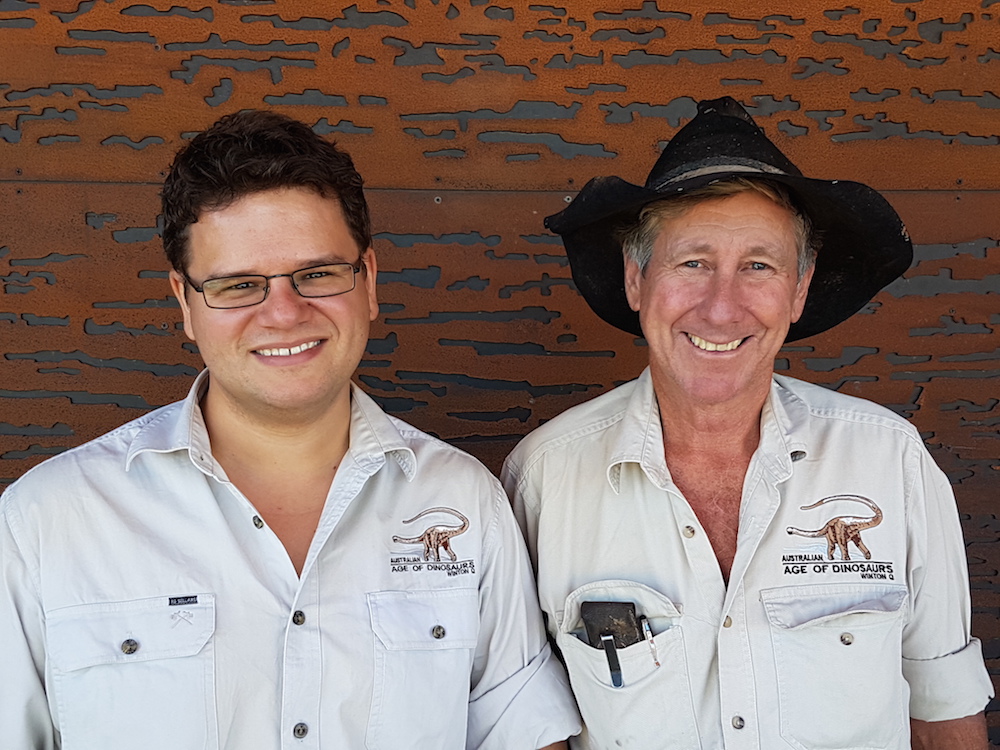
Stephen Poropat (left), the lead researcher for the study, takes a break with David Elliott, who first discovered dinosaur bones on his property at the Ho-Hum site.
Big specimen
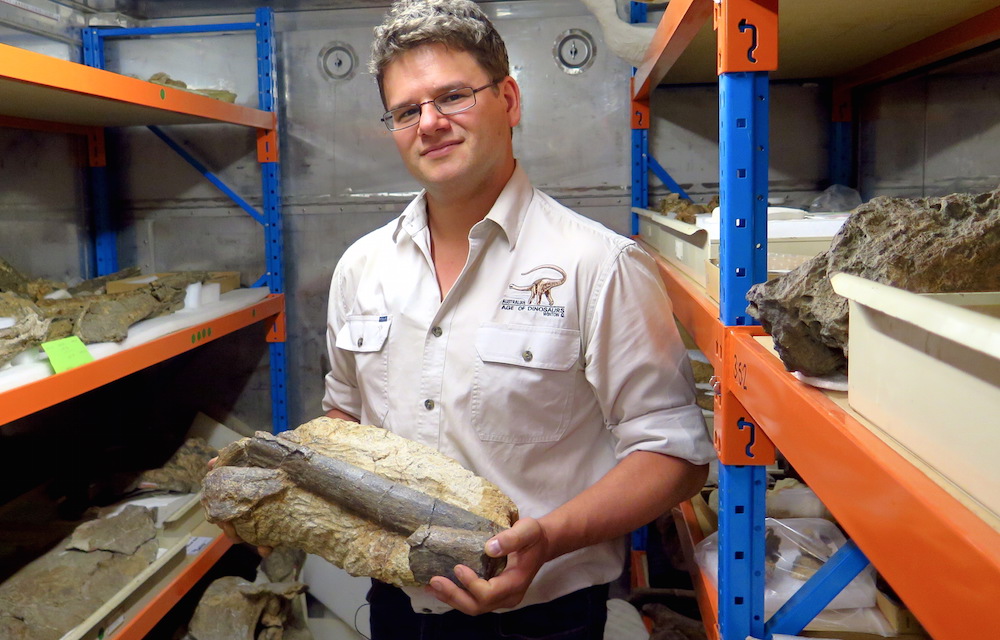
Stephen Poropat holds one of the sauropod bones discovered at the Ho-Hum site in Queensland, Australia. [Read the Full Story on the New Down Under Sauropod Findings]

Laura is the archaeology and Life's Little Mysteries editor at Live Science. She also reports on general science, including paleontology. Her work has appeared in The New York Times, Scholastic, Popular Science and Spectrum, a site on autism research. She has won multiple awards from the Society of Professional Journalists and the Washington Newspaper Publishers Association for her reporting at a weekly newspaper near Seattle. Laura holds a bachelor's degree in English literature and psychology from Washington University in St. Louis and a master's degree in science writing from NYU.









